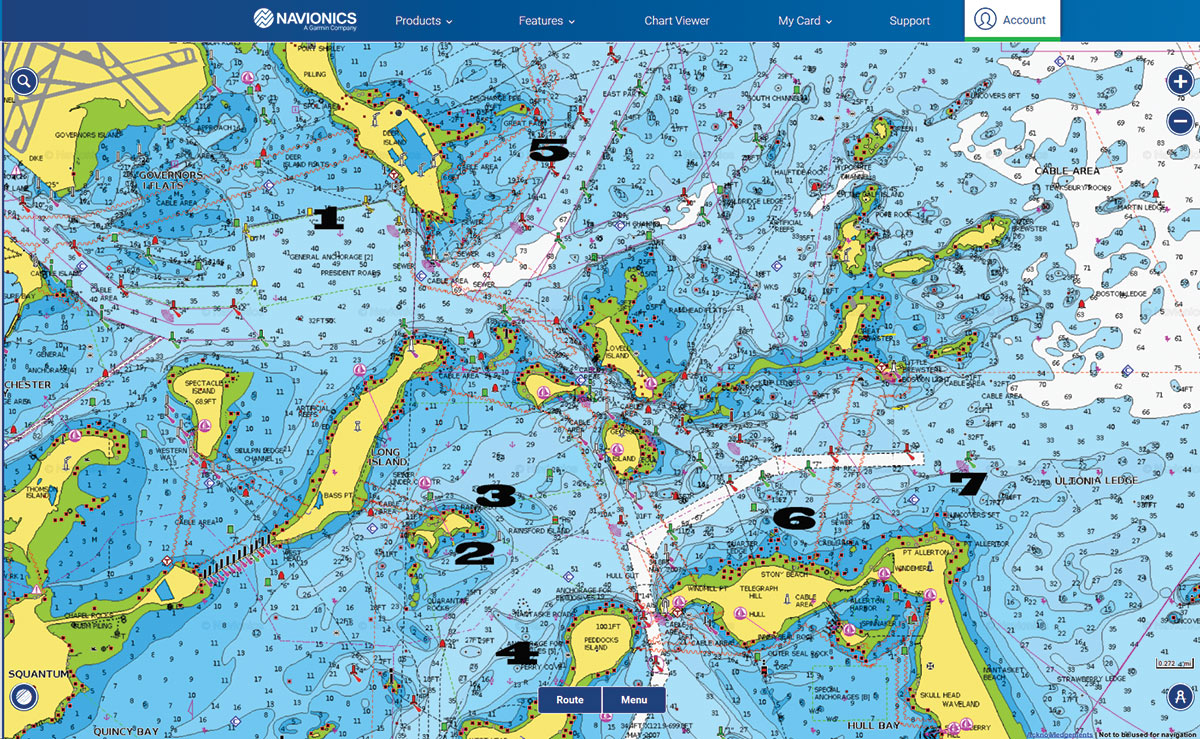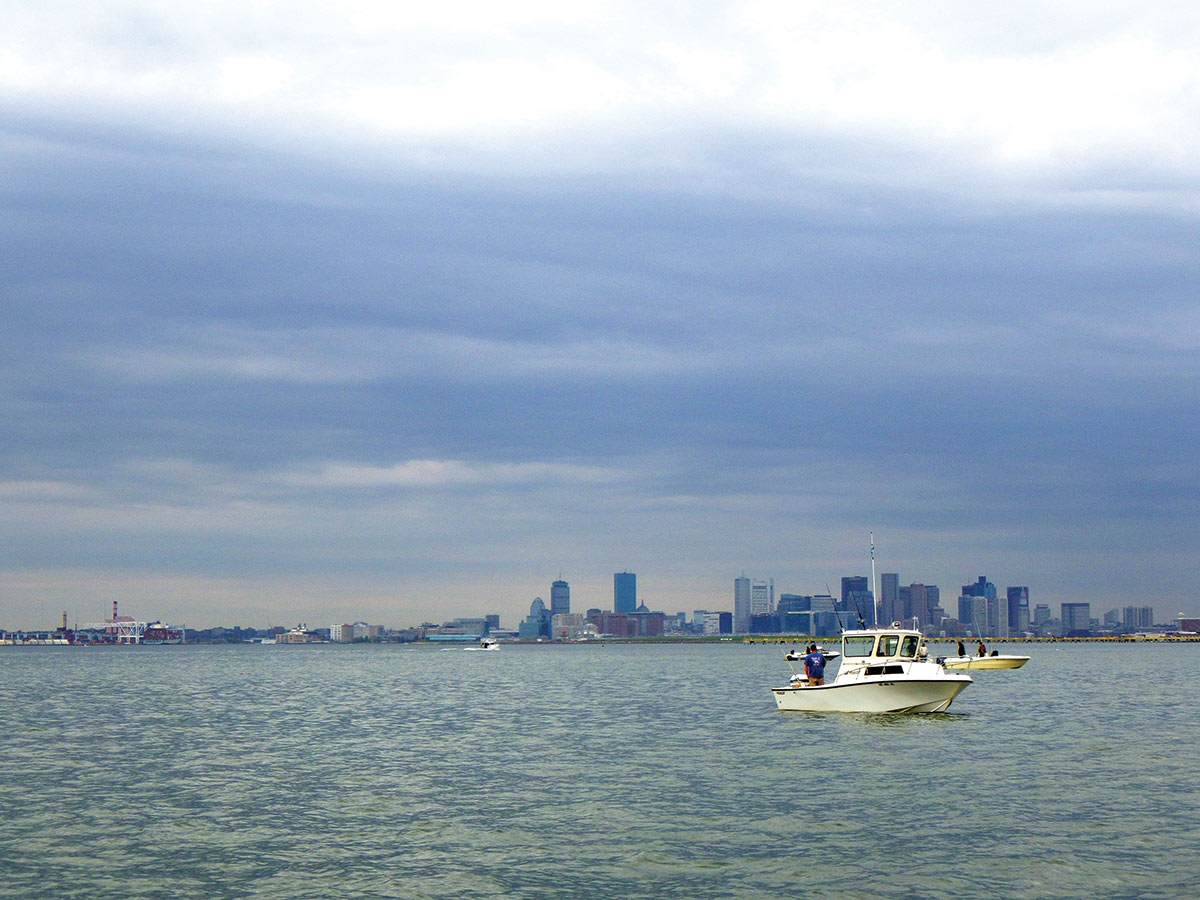
Boston Harbor and Quincy Bay remain host to a strong fishery while other locations on the coast flounder in mediocracy.
Growing up on Long Island, NY, I often heard tales of fellow fishermen taking buses up to Quincy, Massachusetts to go flounder fishing. “Why,” I asked, “would anyone travel four-plus hours on a bus when they had a viable local fishery?” Well, as it turned out, the answer was quite simple: the fishing was EPIC!
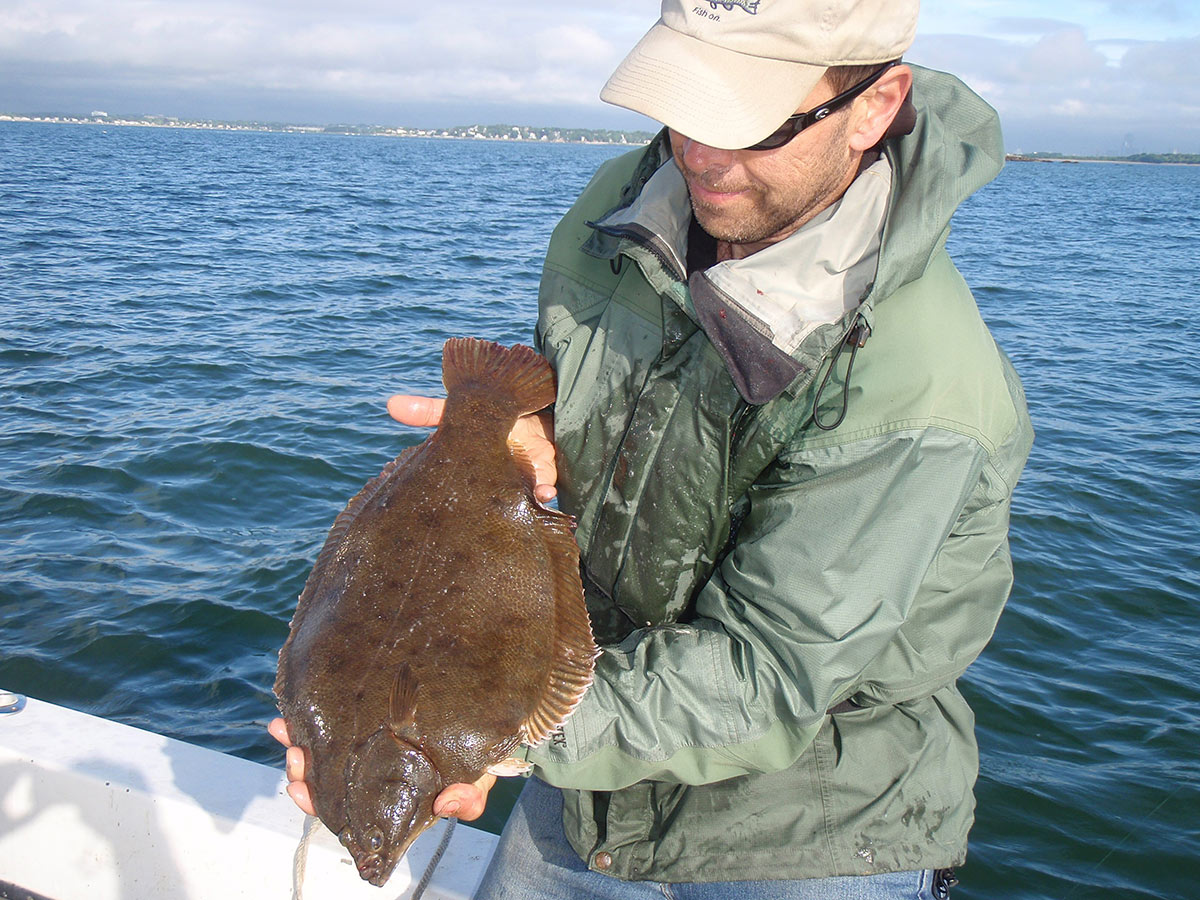
Upon arrival at Hough’s Neck in Quincy, MA, anglers would be greeted by a sign that proclaimed the area to be, “The Flounder Capitol of the World.” The two major destinations were Harvey’s Fishing Station and Hurley’s Fishing Station, both just off Sea Street.
During the season, local kids would get up at 4 a.m. to put the float cushions, anchors, oars and motors on the boats so they would be ready when the buses arrived around 8 o’clock. The men fished while the kids went to school, and when they got out, the skiff fleet was beginning to trickle back to the dock. Then the real work began! Hauling the gear back to the boat sheds, and the fishermen’s gear back to the bus, was followed by filleting the hundreds of fish that had to be cut, bagged and tucked into coolers for the ride back to New York. There were also buses from New Jersey and even some from Philadelphia, which shuttled happy anglers in from all across the Northeast.
As the years went by, the harbor became more and more polluted. By the early 1980s the flounder were starting to show signs of all of the pollution being dumped on their heads. Stories of tumors, sores, third eyes and other unsightly horrors became quite common, and it soon affected the number of people who wanted to fish for flounder in the area. After all, one of the great things about flounder fishing is how good they are on the dinner table! Also, there was a type of worm that proliferated in the pollution in unnatural abundance and the sheer numbers of that worm population had nature compensating with an equally massive number of flounder there to eat them! Then, around 1992, the bottom dropped out on the fishery.
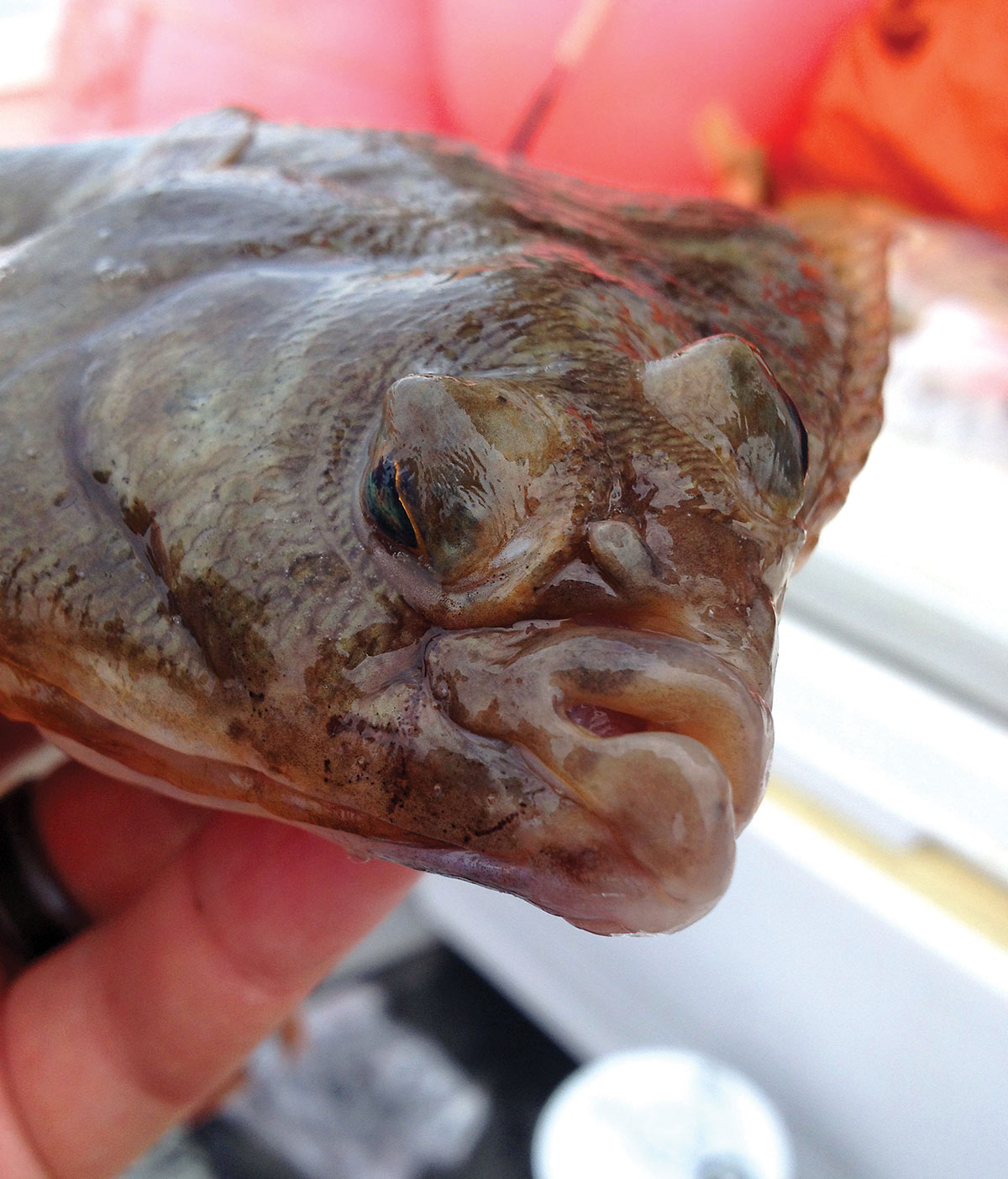
Eventually recognizing that the harbor was so polluted, the Massachusetts Water Resources Authority (MWRA) actually pumped pure bleach into the waterway to sterilize it ahead of the new sewer treatment plant coming online. With that plant on Deer Island now in use even snow melt and road drainage is treated along with all the other sewage waste and is made biologically inert before it is pumped 9 to 14 miles offshore.
I moved to Quincy in 1998, and a year later I discovered good amounts of fat, healthy flounder with absolutely no one fishing for them. In fact, I was told by just about everyone in the area not to bother fishing because the flounder were all gone. In the years that followed I watched the flounder fishing get better and better every year with improvements in both size and numbers. It was becoming epic once again, and I was a very happy camper. Just about the only problem we had with the flounder fishery in the early 2000s was that the cod were seen as a nuisance. I actually had customers complain that there were too many cod, and they wanted more flounder!
By 2006 things changed for the worse once again as the dragger fleet worked the cod population both inshore and off. In 2007 we went from dozens or even hundreds of cod per day to a few a week, and in 2008 we only landed a handful. From 2009 through 2018 my boat has seen one, two or some years even zero cod caught while flounder fishing in the harbor. The bright side was that we were too busy hauling flounder to be very depressed about the cod, and those flounder were getting quite large. Honest 4-plus-pounders became almost common catches. On Little Sister we caught such fish on a daily basis at times, and on June 11, 2009, outdoor writer Ron Powers got a monster 5-pound, 9-ounce “pygmy halibut” as we called it. From there we also had a 4-pound, 15-ounce specimen the next year along with a 5-3, and in 2012 we had a 5-pound, 4-ounce fish along with more than 20 fish over 4 pounds!
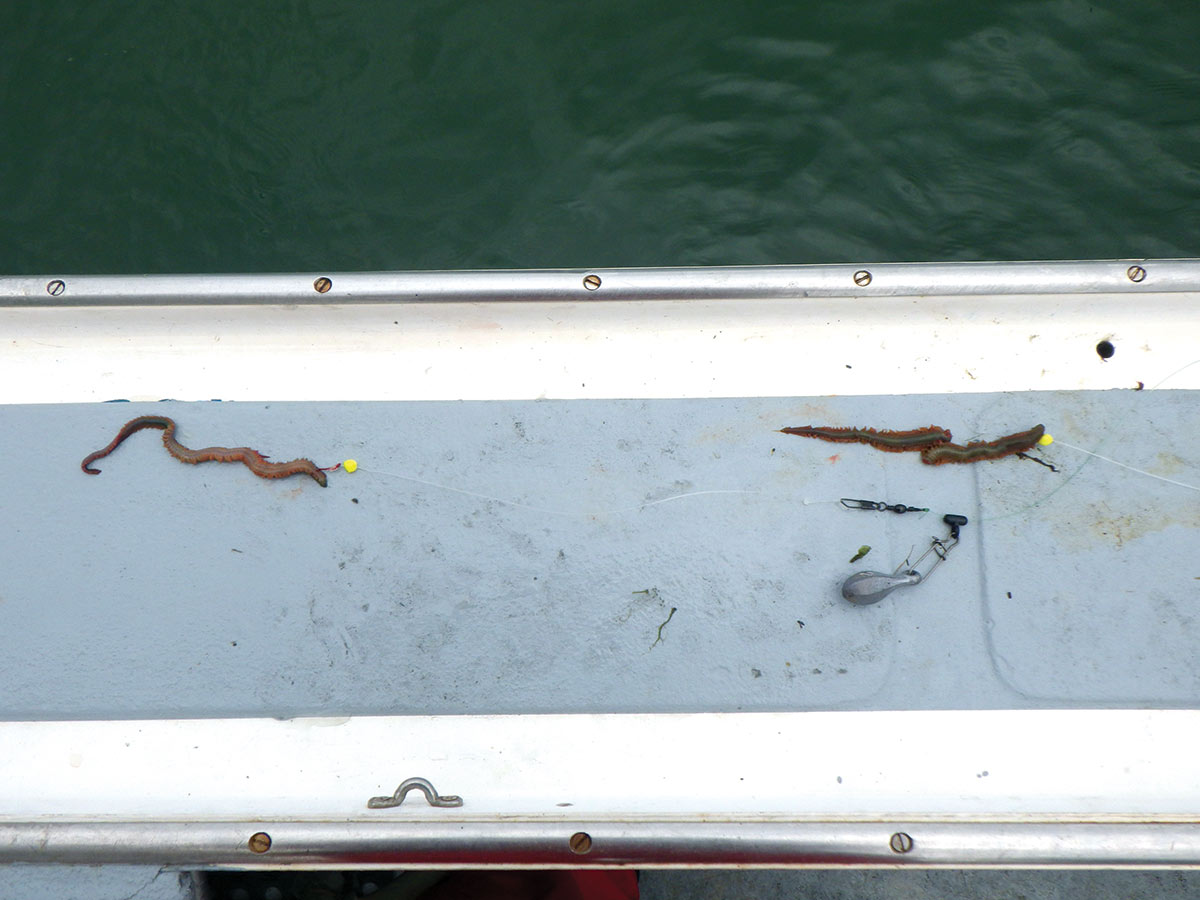
The fishing was so good that in order to qualify for The State Saltwater Derby, a flounder entry had to be over 5 pounds for several years in a row. Then, in 2012, the state decided to double the commercial quota for flounder in state waters. Since that time the state quota has doubled yet again!
As a result of this shortsightedness, since 2013 we have seen a steady drop in both size and the number of flounder in Boston Harbor and Quincy Bay (Quincy Bay is in the southwest corner of Boston Harbor.). As of 2018, while we were still able to get the 8 fish/person limit about 80 to 90 percent of the time, we did have to settle for a smaller size average than five years prior.
Methods of the good old days that you may have used growing up on Long Island, in New Jersey or in New England still work today in Boston Harbor, but I prefer to fish with much bigger hooks than the old-fashioned, long-shank Chestertons of yesteryear. Those small hooks get ingested very fast and deep by even the smallest of flounder, and I like to release the small ones alive and well to grow. I use size 2 kale hooks or size 2 Mustad R-73 XL, which is a very strong, forged bronze streamer hook. I very rarely have any mortality issue and highly recommend it for this fishery. A two-hook rig with both hooks on the bottom is the way to go.
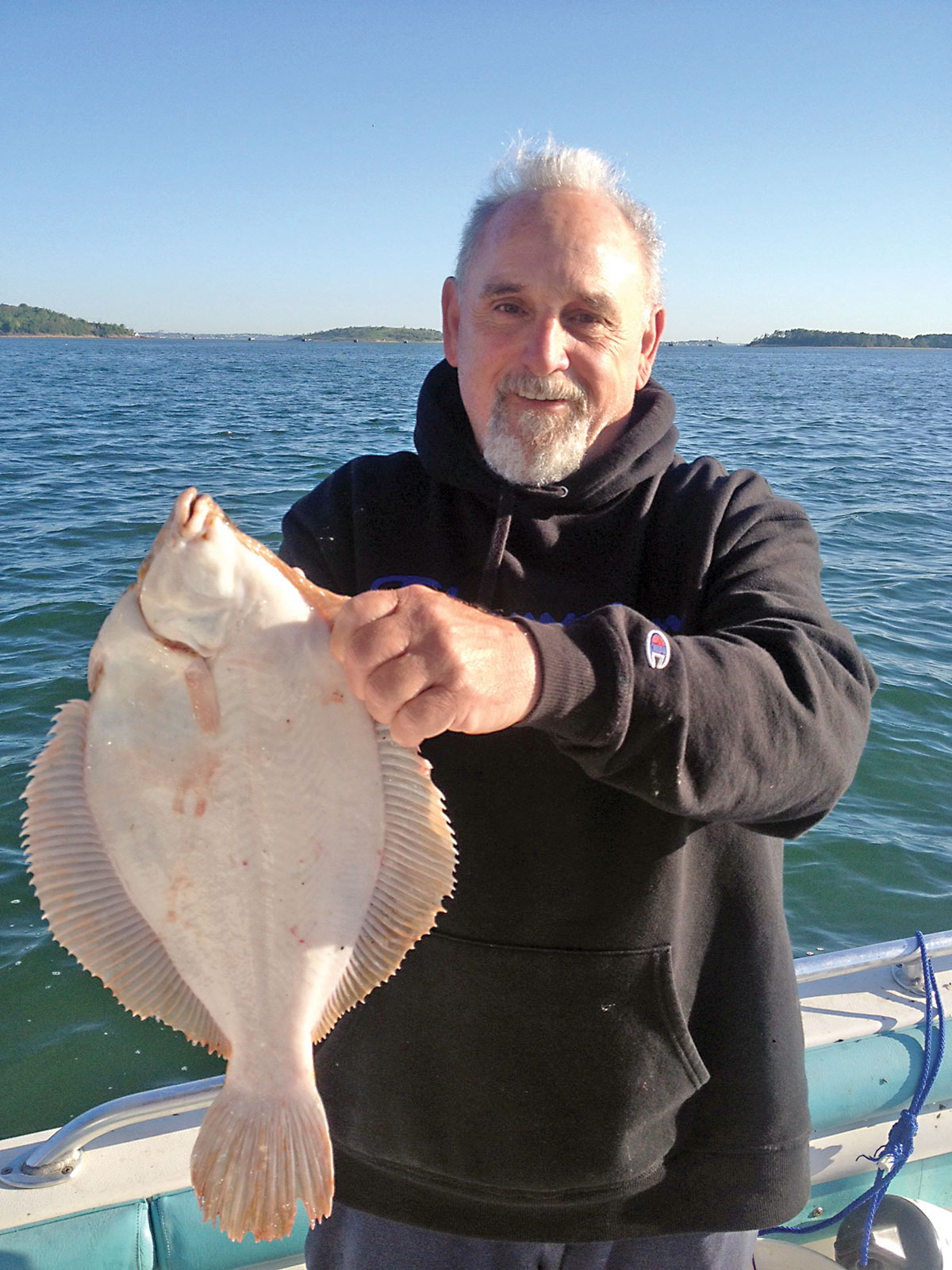
For anchor fishing I set a chum pot on both sides of the boat so everyone is in line with the chum. A bag is better than a metal chum pot because it gives the crabs access to chew your chum and create “clam dust” in a very steady flow. If you have the chum pots down for 20 to 30 minutes without action then it’s time to move. I particularly like to anchor up-tide of some structure like a grass patch, mussel bed or piece of broken bottom. These are the places that the biggest flounder live. Bait with half a worm on the longer leader hook and a small wad of clam (the softer parts) on the shorter leader hook. You will surely catch better numbers of flounder on the worms, but over 75 percent of the flounder over 4 pounds go for the clam.
Drifting also puts flounder in the boat. You can’t drift effectively with broken bottom or lots of lobster gear, but for muddy, open bottom it is very effective. Half a worm on each hook and Colorado Spinner blades, beads, grub tails and worm oil (or clam oil) Bio Edge attractant are all a plus. Make sure you keep the sinker bouncing lightly across the bottom at all times when drifting, and if you feel anything different (anything at all) assume it is a bite. Stretch your arms out so the boat does not drift the line too tight, wait one full second and lift. If the fish is there, give it a little jab (hook set) and reel tight as you lower the rod.
I consider the prime time for this fishery mid-May through the end of June, but good fishing can occur a few weeks either side of that depending on how many fish are around in a given year and of course water temperatures. What you are looking for is 50 to 62 degrees with around 55 degrees ideal for very active feeding. When drifting the fish tolerate faster drifts as the water gets warmer with 1/2 mph (over ground) being a good guideline for most conditions.
Be sure to use a net on your larger fish as you do not want to lose them when they are “the flounder of your dreams!”
| Popular Flounder Spots |
|---|
|
